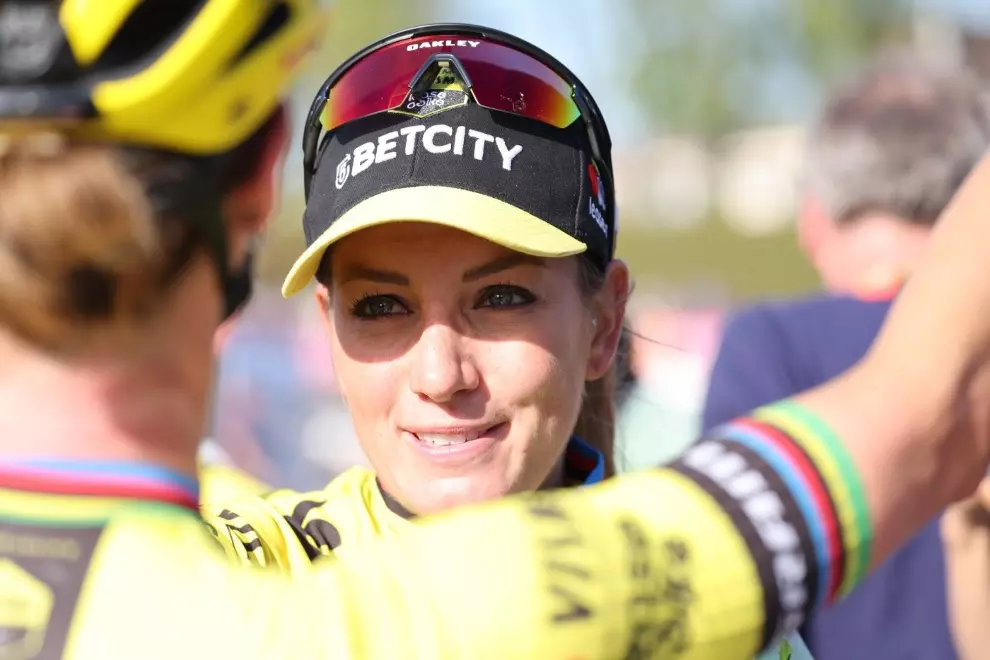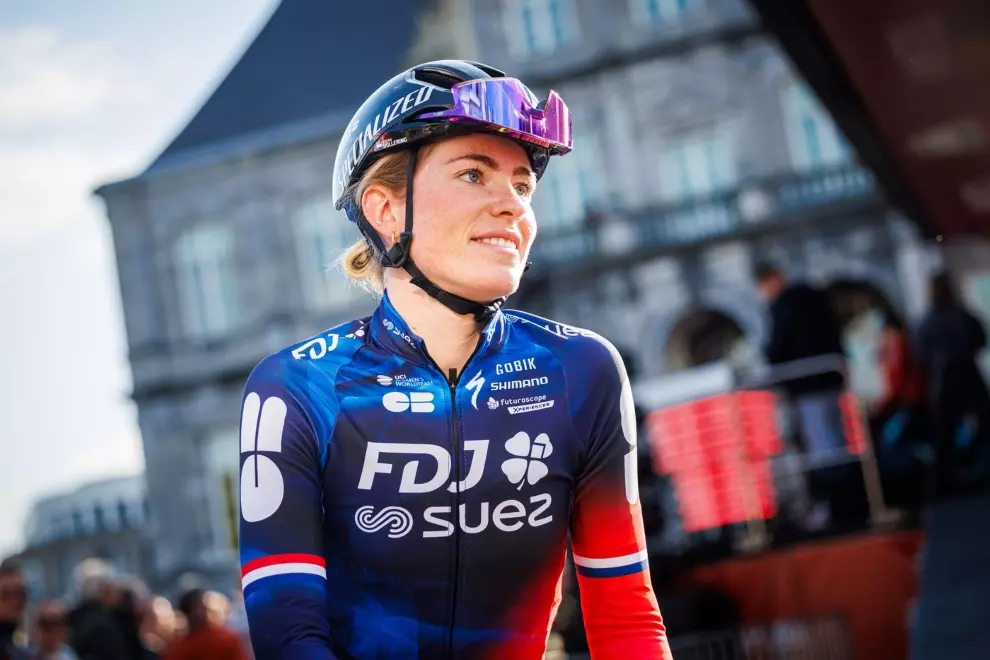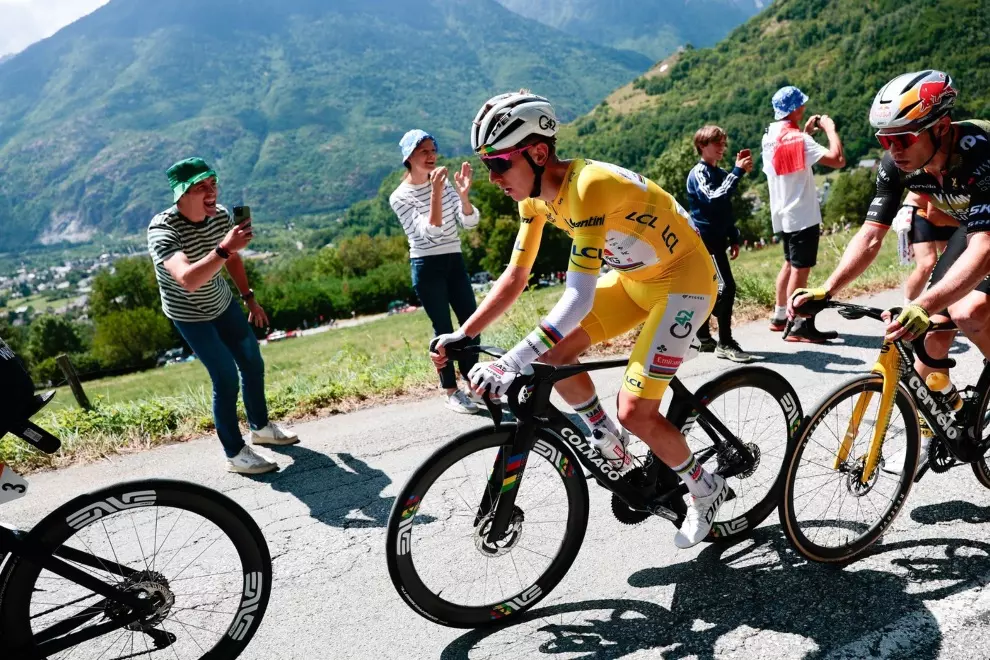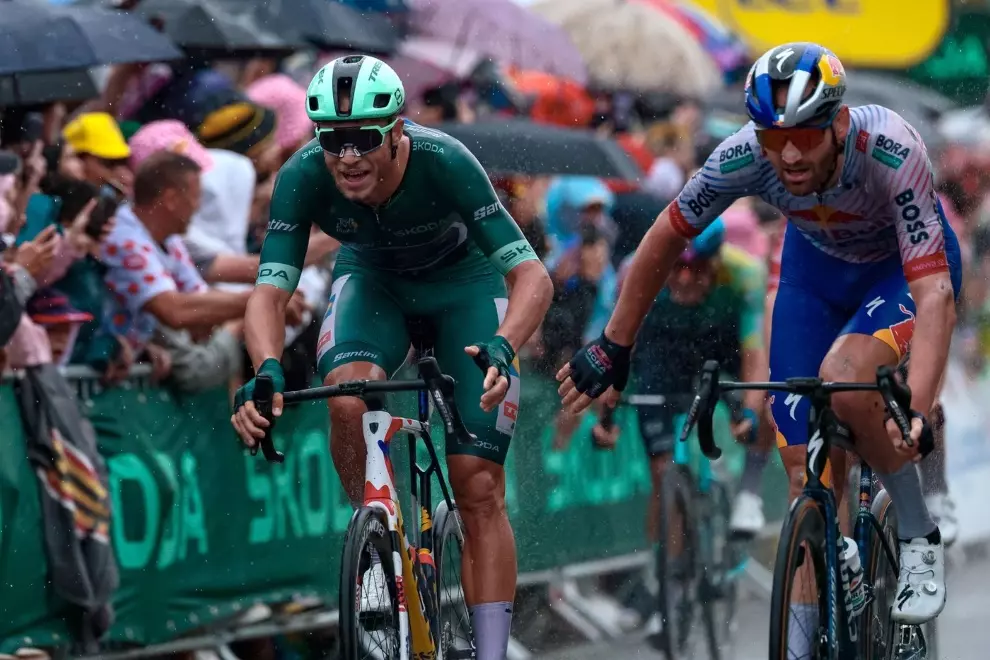Choosing the right location
The perfect training camp location depends on a few factors: climate, terrain, accessibility, and the cycling community. If you’re based in Europe and don’t want to travel too far, Spain is the best option—whether that’s the mainland or one of the islands. Some of the most popular destinations include:
Calpe and the Alicante-Valencia coastline – Great weather, diverse terrain with mountains, hills, and flats, and quiet roads in the off-season.
Gran Canaria – A winter paradise from December to March, where you can ride in shorts daily and start your season with a nice tan.
Mallorca – The northern part, especially, is buzzing with cyclists from dawn to dusk, and the variety of routes is incredible.
Girona – A fantastic option for solo camps, with a strong cycling culture, group rides, and plenty of cafes, bike shops, and physios.
Andorra and Livigno – If you’re planning a summer camp, these mountain destinations offer great altitude training and stunning scenery.
Cyprus – I haven’t been yet, but I’ve heard great things and would love to check it out one day!
At the end of the day, what we cyclists need is good weather for long rides and smiles on the face. We also need bike shops that specialisee in proper equipment in case we run into problems, diverse terrain so all training elements get to be improved and some type of community.
If you decide to go to a solo training camp, I would suggest Girona or Calpe. Just because those towns are super adjusted to cycling culture and cyclist needs. You will never feel lonely, there is always somebody available to ride with, coffee shops organize group rides and there is research available when it comes to airport pick-ups — especially when travelling heavily :). Plus there are a bunch of bike stores and physio places that will take care of it all, leaving you feeling as if you belong to some community already. Countless brunch places will make sure that after your long exhausting ride, you get healthy recovery food in directly.
When summer comes around, mountain destinations become more popular, and places like Livigno and Andorra start to shine! It’s a little more challenging up in the mountains as you are more dependent on driving a car to get to places. Yet again, those destinations are not only filled with the same group of passionate cyclists, but as well as needed resources.
Zobrazit příspěvek na Instagramu
How long should a training camp be?
If you’re going with a team or a group of friends, I recommend shorter, intense blocks—something like two sets of three-day training blocks. This way, you can push hard, challenge each other, and bring some racing rhythm into your rides without worrying too much about power numbers.
For a solo training camp, two to three weeks is optimal, especially if you live somewhere cold and want to get in some solid base miles while soaking up vitamin D.
Structuring your training days
The beauty of a training camp is that your whole day revolves around the bike. I love taking my time in the mornings—starting slow, enjoying breakfast, and easing into the ride without stress. That being said, as the season gets closer, training needs to get more structured.
November-December: Focus on riding for enjoyment, exploring new routes, and having fun.
From January onwards, start following a structured plan, hitting specific training zones, and preparing for the race season.
The importance of rest and recovery
It took me years to understand just how important rest is. If training were the only factor in performance, we’d all be riding 10+ hours a day! But the real progress happens when the body adapts to the hard work.
After a big training block—whether it’s a camp or just an intense few weeks—I take 3-5 days of easy riding or complete rest. This allows me to reset physically and mentally before returning to structured training. Without proper recovery, you’re just accumulating fatigue instead of making real progress.
Packing essentials for a solo training camp
A well-planned packing list will save you a lot of stress! Here’s what I never leave home without:
Bike & equipment
- Bike and wheels
- Extra tubes, tyres, pump, lights, bar bag, batteries, and a multitool
- Helmet and shoes (always carry these in your backpack in case your luggage gets lost!)
Nutrition & recovery
- Energy bars, gels, and drink mix (bring what you like to train with!)
- Vitamins and recovery supplements
- Compression boots (I swear by my Normatec!)
- Yoga mat and foam roller
Comfort & personal Items
- Pillow – Seriously, don’t underestimate the power of good sleep!
- Portable coffee kit – If you love your morning routine, this makes a big difference.
- My favourite nut butter, spoon, mug, and homemade granola – Small comforts make solo camps feel a little more like home.
Commonly forgotten items
A good pillow is one of the biggest things people regret not bringing—especially if you’re staying somewhere for more than a week. Sleeping well is key when training hard, and an uncomfortable pillow can really mess that up.
Traveling with your bike
I have to be honest—packing and unpacking my bike stresses me out! I always feel like I forgot something or did it wrong, and then I spend the whole flight worrying about it. Luckily, my husband enjoys handling this part, so I can just focus on snacks for the trip. If you’re packing your own bike, take your time, watch some tutorials, and make sure everything is properly secured before heading to the airport.
Staying motivated & training solo
Solo training camps can be amazing, but they also require mental discipline. For me, my failures and low moments are what drive me to push harder. When things are going well, I tend to take them for granted—but if I have a tough race or miss the final selection, I use that as fuel for my training.
Mental strategies for tough training days
Even after years of racing, I still get nervous before hard intervals. I used to try to push those feelings away, but now I acknowledge them and reframe my mindset:
- “It’s going to hurt, but it will end soon.”
- “I’ve been through worse, and I survived.”
- “The stress means I care.”
Developing automatic responses like this helps me overcome mental barriers and stay focused.
Training effectively without a coach or teammates
To be honest, training alone and making real progress is really hard. If you’re serious about improving, I highly recommend working with a coach, even if it’s just part-time. Learning proper training methods and structuring your workouts correctly makes a huge difference.
What I wish I had known before my first solo camp
When I went to Calpe for my first solo training camp in 2014, I was completely unprepared—naïve and a little lost! Looking back, I wish I had packed more carefully and planned things better. A solo camp isn’t the time to pack light—you need to bring everything that will make your training smooth and stress-free.
Training camps can be game-changers for your fitness, motivation, and overall enjoyment of cycling. Whether you go solo or with friends, preparation is key. Choose the right location, pack wisely, and don’t forget that recovery is just as important as the training itself.
Happy riding!
— Kasia





